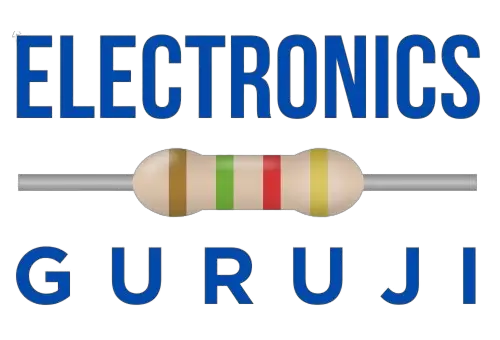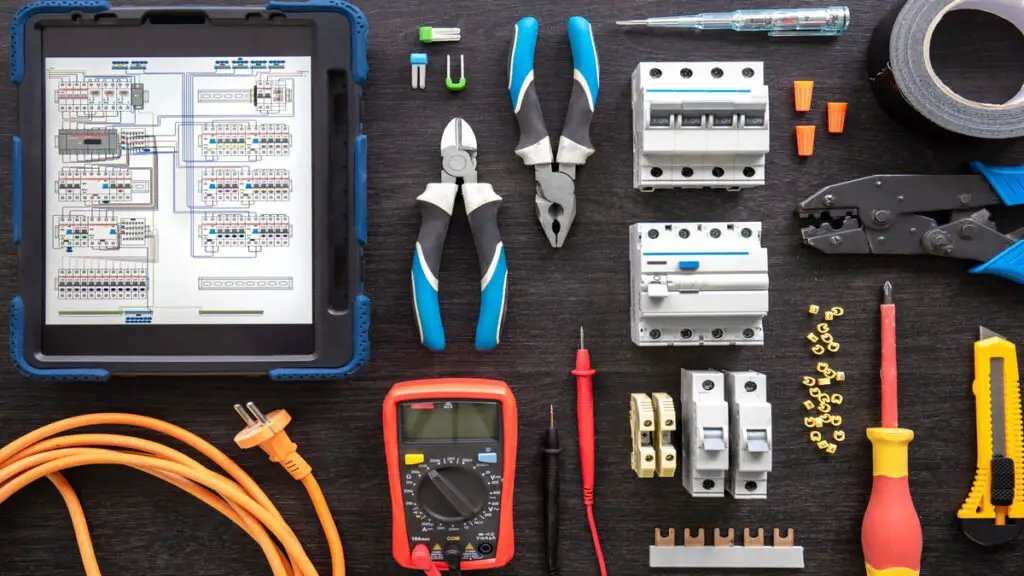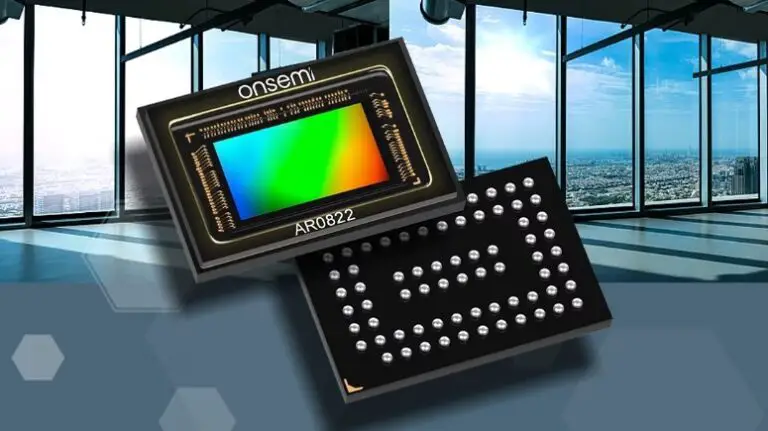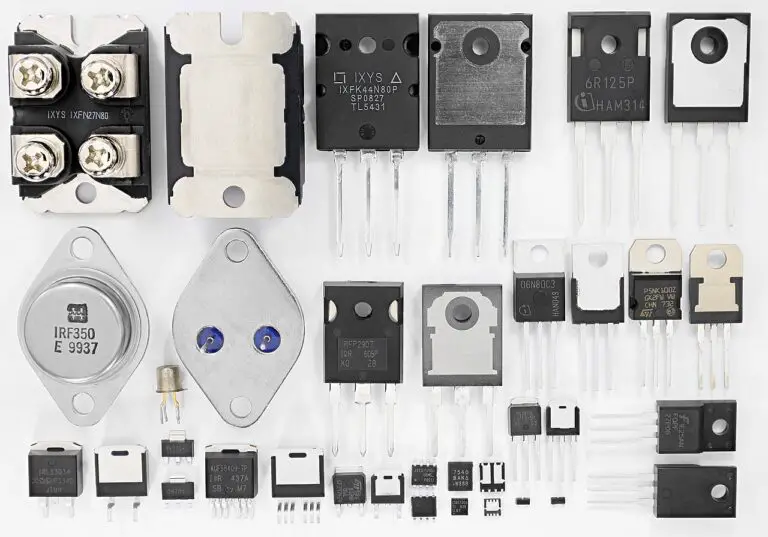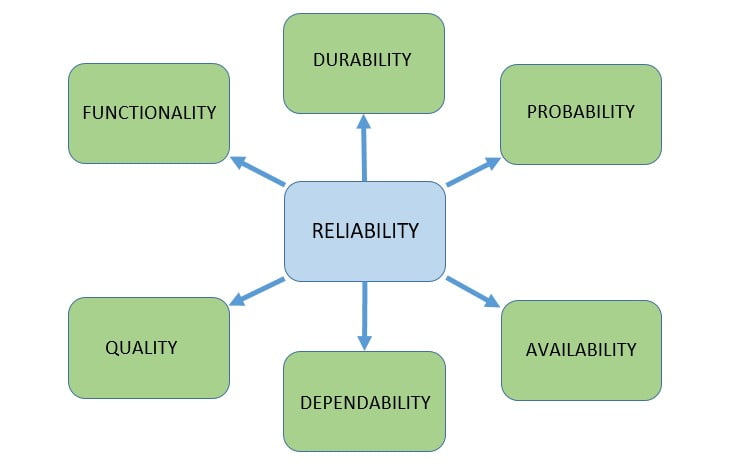In this digital world, electronic devices have become integral to our daily lives. From the indispensable smartphone to the essential refrigerator, from powerful laptops to efficient washing machines, we are surrounded by electronics. However, with this growing dependence on electronic gadgets, there arises a crucial need for circuit protection. In this comprehensive guide, we will explore various aspects of circuit protection including techniques and use of circuit protection devices for longevity and reliability of electronic devices.
1. Introduction
In this digital age, our lives revolve around electronic devices. Protecting them from potential harm is not just a choice; it’s a necessity. This article aims to shed light on the world of circuit protection and its significance.
2. Understanding Circuit Protection
2.1 What is Circuit Protection?
Circuit protection refers to the comprehensive set of mechanisms and devices designed to safeguard electronic circuits from a wide range of potential threats. It acts as an impenetrable shield, shielding your circuits from overcurrent, voltage spikes, and various other electrical anomalies that can wreak havoc on your devices.
2.2 The Significance of Circuit Protection
Circuit protection is not just a safety measure; it’s the backbone of electronics’ reliability. It ensures that your devices function smoothly, free from unexpected interruptions or catastrophic failures.
3. Types of Circuit Protection Devices
3.1 Fuse
What is a Fuse?
A fuse is a simple yet crucial component in circuit protection. It is a thin wire or strip of metal that melts when excessive current flows through it. This break in the circuit prevents further electrical current from passing through, protecting the circuit and the connected devices.
How Does it Work?
When the current exceeds the rated value, the heat generated by the excessive flow causes the fuse to melt, creating an open circuit. Fuses come in various types, including fast-acting and slow-blow, each suited for specific applications.
Importance in Circuit Protection:
Fuses are the first line of defense against overcurrent conditions, preventing electrical fires and protecting devices from damage.
3.2 PolySwitch
What is a PolySwitch?
A PolySwitch, also known as a resettable fuse or PTC (Positive Temperature Coefficient) thermistor, is a device that automatically resets itself when the fault is cleared. It acts as an overcurrent protector.
How Does it Work?
PolySwitches use a polymer material that exhibits a sharp increase in resistance when heated. When an overcurrent condition occurs, the device heats up, increasing its resistance and effectively opening the circuit. Once the fault is removed, it cools down and resets.
Importance in Circuit Protection:
PolySwitches offer a resettable solution for overcurrent protection, making them suitable for applications where frequent tripping may occur.
3.3 Inrush Current Limiter
What is an Inrush Current Limiter?
An Inrush Current Limiter is a device used to limit the initial surge of current when a device is powered on. It prevents excessive inrush current that could damage components or trip circuit breakers.
How Does it Work?
Inrush current limiters typically use a thermistor that temporarily increases in resistance when exposed to high current. This limits the initial current surge when a device is switched on.
Importance in Circuit Protection:
Inrush current limiters ensure a gentle start for devices, prolonging their lifespan and preventing nuisance tripping of circuit breakers.
3.4 Metal Oxide Varistor (MOV)
What is a Metal Oxide Varistor?
A Metal Oxide Varistor (MOV) is a voltage-dependent resistor that protects electronic devices from voltage surges and transient voltage spikes.
How Does it Work?
MOV devices exhibit a nonlinear voltage-current characteristic. When exposed to a voltage spike, their resistance decreases rapidly, diverting the excess current away from sensitive components.
Importance in Circuit Protection:
MOV devices are critical for safeguarding sensitive electronic equipment, like computers and televisions, from voltage surges that can otherwise cause irreversible damage.
3.5 Gas Discharge Tube (GDT)
What is a Gas Discharge Tube?
A Gas Discharge Tube (GDT) is a device designed to protect electronic circuits from voltage spikes and transients. It operates by ionizing a gas within the tube.
How Does it Work?
When a voltage surge occurs, the GDT ionizes the gas, creating a low-resistance path for the excess current. Once the surge dissipates, the GDT returns to its high-resistance state.
Importance in Circuit Protection:
GDTs are commonly used in telecommunications and power distribution systems to protect against lightning strikes and other high-energy transients.
3.6 Lightning Arrester
What is a Lightning Arrester?
A lightning arrester, also known as a surge arrester or surge diverter, is a device designed to protect structures and electrical systems from the damaging effects of lightning strikes.
How Does it Work?
Lightning arresters provide a low-resistance path for lightning surges to follow, diverting the energy safely into the ground and away from structures and electrical systems.
Importance in Circuit Protection:
Lightning arresters are crucial for preventing fires, electrical damage, and injury caused by lightning strikes, especially in areas prone to thunderstorms.
3.7 MCB (Miniature Circuit Breaker)
What is an MCB?
An MCB, or Miniature Circuit Breaker, is a compact circuit protection device commonly used in residential and commercial electrical panels. It provides protection against overcurrents and short circuits.
How Does it Work?
MCBs operate similarly to traditional circuit breakers but are more compact and designed for lower current applications. They trip when they detect overcurrent conditions, interrupting the circuit to prevent damage.
Importance in Circuit Protection:
MCBs are essential for protecting circuits and devices in homes, offices, and other buildings. They offer convenient and reliable overcurrent protection.
3.8 RCCB (Residual Current Circuit Breaker)
What is an RCCB?
An RCCB, also known as a residual-current device (RCD), is designed to protect against electric shock caused by ground faults, such as leakage current due to faulty insulation.
How Does it Work?
RCCBs continuously monitor the current balance between the live and neutral conductors. If they detect a difference, indicating a leakage current, they trip, disconnecting the circuit and preventing potential electrocution.
Importance in Circuit Protection:
RCCBs are vital for ensuring the safety of individuals and preventing electrical accidents, especially in wet or potentially hazardous environments.
4. The Importance of Circuit Protection
The significance of circuit protection cannot be overstated. It is the unsung hero that ensures the safety, reliability, and longevity of your electronic gadgets. Without it, a simple power surge or voltage spike could render your valuable devices useless.
5. Common Causes of Circuit Damage
To truly appreciate the need for circuit protection, one must understand the common culprits behind circuit damage. Factors like overcurrent, voltage spikes, and overheating are silent assassins that can wreak havoc on your circuits and devices.
5.1 Overcurrent and Its Consequences
Overcurrent occurs when there is an excessive flow of electricity through a circuit. It can lead to overheating, melted wires, and even fires, underscoring the importance of protective devices.
5.2 Voltage Spikes: Silent Circuit Killers
Voltage spikes, often caused by lightning strikes or power surges, can introduce dangerous levels of voltage into your circuits. Without surge protection, your devices are vulnerable to irreparable damage.
5.3 Overheating: The Slow Circuit Deterioration
Overheating is a subtle yet damaging threat. Prolonged exposure to high temperatures can degrade circuit components, leading to failures over time.
6. Selecting the Right Circuit Protection
Choosing the right circuit protection for your needs is paramount. Factors such as the type of device, its location, and the potential risks should all be considered.
6.1 Tailoring Protection to Your Needs
Different devices require different levels of protection. Tailoring your circuit protection to match the specific needs of your devices is essential for optimal performance.
6.2 Location Matters: Circuit Protection for Different Environments
The environment in which your devices operate plays a significant role in the type of circuit protection required. Harsh conditions demand robust protection.
6.3 Risk Assessment: Identifying Potential Threats
Conducting a risk assessment is crucial to identify potential threats and vulnerabilities in your electrical system. It allows you to proactively implement the necessary protective measures.
7. Installation Guidelines
Proper installation of circuit protection devices is vital to their effectiveness. While some devices can be self-installed, others require the expertise of a professional electrician.
7.1 DIY or Professional Installation?
Simple devices like surge protectors can often be self-installed, provided you follow the manufacturer’s guidelines. However, for complex systems, consulting a professional is advisable.
7.2 Ensuring Proper Wiring and Connections
Whether you’re installing protection for your home or an industrial setting, ensuring proper wiring and connections is fundamental to the effectiveness of your protective devices.
8. Maintenance and Testing
Regular maintenance and testing of circuit protection devices are essential to ensure they are in optimal working condition. Waiting until a disaster strikes is not an option; proactive measures are key.
8.1 Regular Checks: The Key to Reliability
Routine checks of your protective devices can identify potential issues before they escalate into significant problems.
8.2 Testing Circuit Protection Devices
Periodic testing of circuit protection devices is crucial to verify their functionality. This is particularly important after any significant electrical event.
9. Circuit Protection in Everyday Life
Circuit protection isn’t confined to our homes; it permeates various facets of our lives, playing a critical role in ensuring safety and uninterrupted functionality.
9.1 Industrial Applications: Protecting Critical Systems
In industries, circuit protection safeguards critical systems, preventing costly downtime and ensuring the continuity of operations.
9.2 Transportation: Safety on the Move
In the transportation sector, protection of circuits is vital for the safety of vehicles, passengers, and cargo. It prevents electrical failures that could have catastrophic consequences.
9.3 Medical Devices: Where Circuit Protection Saves Lives
In medical devices, circuit protection is a matter of life and death. It ensures the reliability of equipment that healthcare professionals rely on to save lives.
10. Cost-Efficiency and Savings
Investing in protecting circuits may seem like an expense, but it translates into significant savings in the long run. Preventing costly repairs or replacements is a wise financial decision.
10.1 Investing in Circuit Protection: A Wise Choice
Consider circuit protection an investment in the longevity and reliability of your electronic devices, providing peace of mind and financial benefits.
10.2 Long-Term Savings
The long-term savings associated with circuit protection far outweigh the initial cost. It protects your valuable electronics, eliminating the need for frequent replacements.
11. Challenges and Innovations in Circuit Protection
As technology evolves, new challenges emerge in the field of circuit protection. Staying updated with these challenges is essential for ensuring the safety of your electronics.
11.1 Emerging Challenges in the Digital Era
The digital era brings new challenges, such as the increased vulnerability of smart devices to cyber threats. Circuit protection must adapt to these evolving risks.
11.2 Innovations in Circuit Protection
The future of circuit protection looks promising, with innovations like smart protection devices and AI-driven solutions enhancing the safety of our electronics.
12. Conclusion
Circuit protection is not just an accessory for your electronics; it is the unsung hero that keeps your electronic world running smoothly. It is a must-have for anyone who values their devices. Don’t wait until disaster strikes; protect your electronics today!
13. FAQs (Frequently Asked Questions)
Q1: Why is circuit protection essential for my electronic devices?
Circuit protection is essential because it safeguards your electronic devices from various electrical threats, ensuring their longevity and your safety.
Q2: Are surge protectors and power strips the same thing?
No, surge protectors and power strips are not the same. Surge protectors are specifically designed to safeguard against voltage spikes, while power strips primarily provide additional outlets.
Q3: Can I install circuit protection devices by myself?
Simple devices like surge protectors can be self-installed if you follow the manufacturer’s guidelines. However, for complex systems, it’s advisable to consult a professional electrician.
Q4: How often should I test my circuit protection devices?
Regular testing of protection devices is recommended, with an annual check being a good practice. Additionally, test them after any significant electrical event or if you suspect an issue.
Q5: Are there circuit protection options for mobile devices?
Yes, there are portable surge protectors and voltage regulators available for mobile devices, ensuring their safety on the go.
